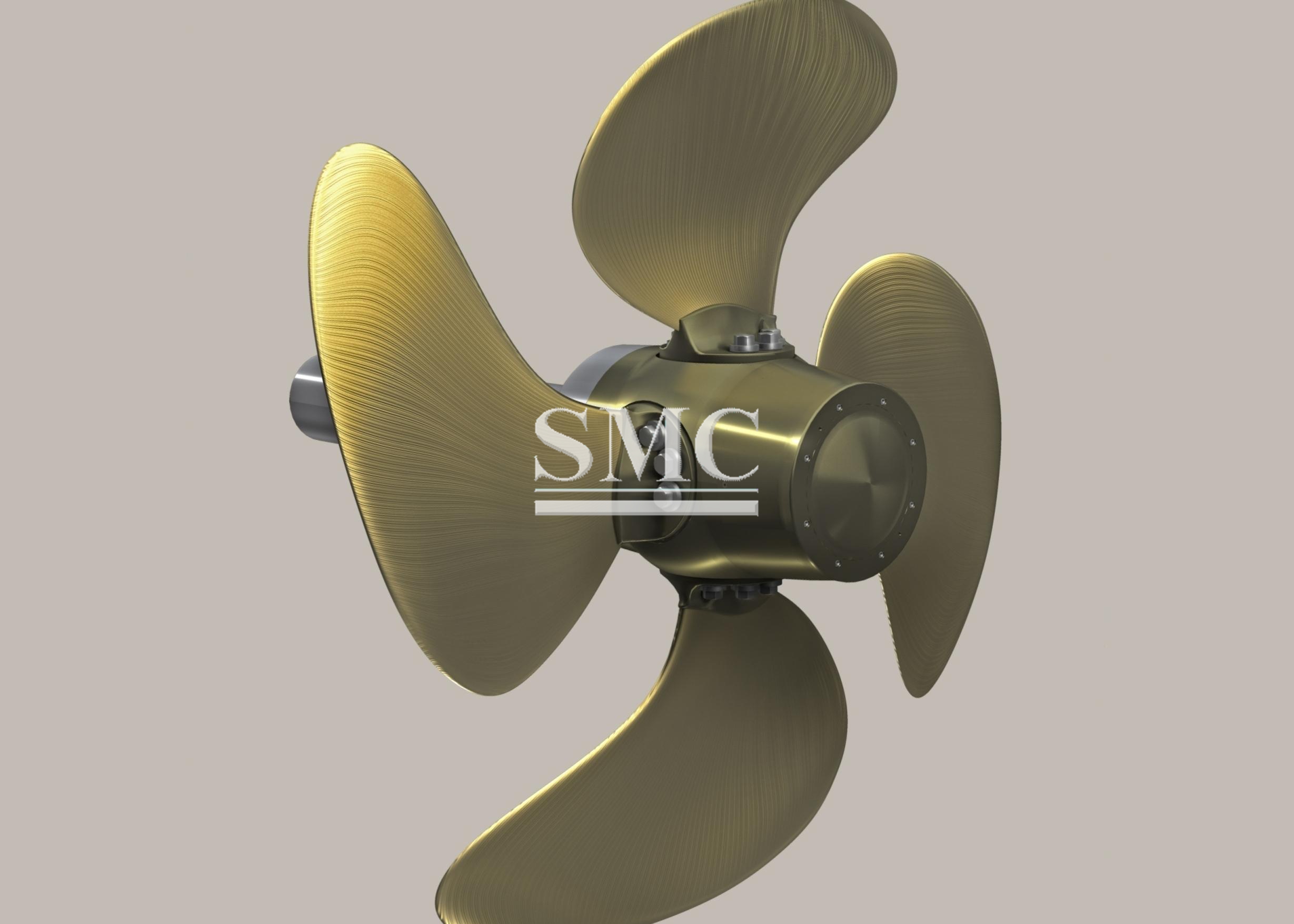
- Company overview The heart of SMC Vision & Philsophy Partnership Certifications Company culture
- Our service Design and Engineering Maintenance and Service Examine Production Line Upgrade and Transformation Storage and Logistics Processing, Trading and Distributor
- Management Our history Global responsibility Info Center
- Procurement center Internship
- Metal Steel Products Stainless Steel Products Aluminum Products Copper Products Galvanized Steel and PPGI Special Alloy Building Material
- Containers ISO Standard Container Equipment Container Storage Container Refrigerated/Reefer Container Offshore Container Container House Tank Container Container Fittings Container Trailer
- Gas Cylinder & Fire Extinguisher Cryogenic Liquid Cylinder Oxygen Gas Cylinder Storage Tank CNG Gas Cylinder LPG Gas Cylinder Hydrogen Gas Cylinder Nitrogen Gas Cylinder Industry Gas Cylinder Fire Extinguisher
- Metal Machinery Forming Machine Cutting Machine Processing Machine Bending Machine Block Machine Other Machinery Motor Spare Parts
- Mechanical Products Miscellany Mooring Equipment Marine Equipment Vehicle Industry Pressure Vessel Conveyor Belt Laser Equipment Bearing
- Electrical System Power Distribution Automation Electrical Cable Solar Power System Electric Protection System Transformer Production Line Lighting System
- Project Plastic Pipes and Pipe Fittings Fiberglass Reinforced Plastic Pontoon System
Series controllable pitch is also known as CPP
Propellers can be distinguished into two types, namely a Fixed Pitch Propeller (FPP) and a Controllable Pitch Propeller (CPP).
The Fixed Pitch Propeller is casted as one block and its shape is optimized for one operating point. A gearbox is needed to generate astern thrust. The first design of a Controllable Pitch Propeller dates back to 1903 and was initiated to improve maneuverability. In such propellers, the blades can be rotated around axes normal to the driving shafts by means of a hydraulic cylinder inside the hub and an eccentric pin-slot mechanism which transforms the linear motion of the yoke into a rotational movement of the blades.

The rotation of the blades around the spindle axis is called pitch. If the pitch range is large enough, the propeller can produce astern thrust and a reversing gearbox is not needed anymore. This type of propeller is most common on ships, where it is required to sail efficiently at two different load conditions, i.e. towing or running free, and on ships that sail to ports with limited or no tug assistance. Therefore, a CPP can mostly be found on harbour or ocean-going tugs, dredgers, cruise ships, ferries, frigates and cargo vessels.
A correctly sized CPP can be efficient for a wide range of ship speeds, since the pitch can be adjusted to absorb all the power that the engine is capable of generating. The working of this diagram is explained with an example.
A propeller is optimized for efficiency at a certain pitch α2 and shaft speed n3. This operating point, A, requires a certain power of the diesel engine and results in a ship speed u4.
When the ship speed must be decreased to u3, a FPP can only reduce the shaft speed to n2. A CPP can also adjust the pitch to α3, and reaches operating point, C, which is more efficient due to less fuel consumption. Other advantages of a CPP, such as sailing efficiently at varying load and weather conditions, can be substantiated in a similar way. The downside of a CPP is the large hub which decreases the efficiency and causes cavitations. Another drawback is the mechanical complexity which limits transmission power.
Overall, technical characteristics including : high reliability and supportability; fem analysis to key parts, low working oil pressure, good sealing and friendly to environment, shaft line-alignment designing and vibration calculation, hydrodynamic design with high propulsion efficiency and it is also simple an d easy to operate and maintain.The are of use vary from propulsion devices in inland vessels to offshore mixed ships, working boats, fishing boats, pelagic vessels and war ships.
Shanghai Metal Corporation is a trusted aluminum alloy, aluminum foil price, stainless steel price and stainless steel manufacturer, kinds of stainless steel in china.
